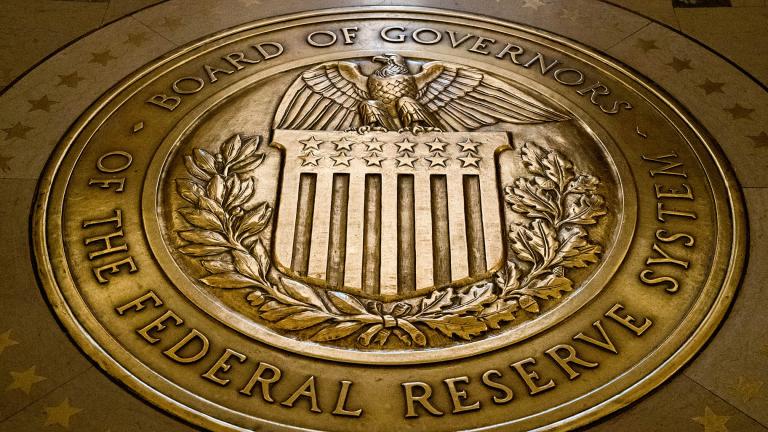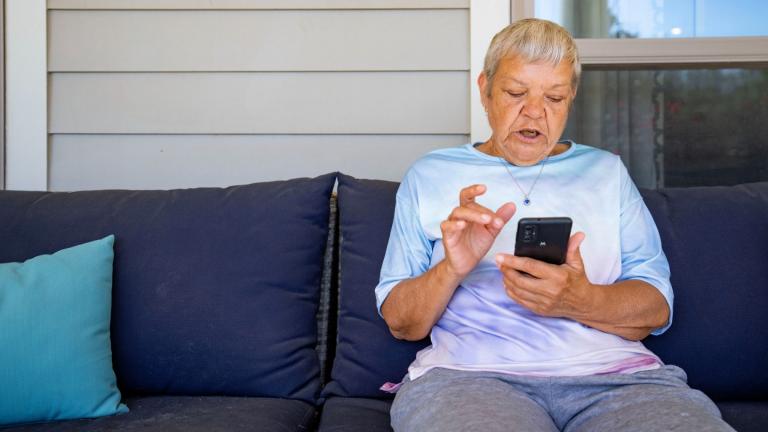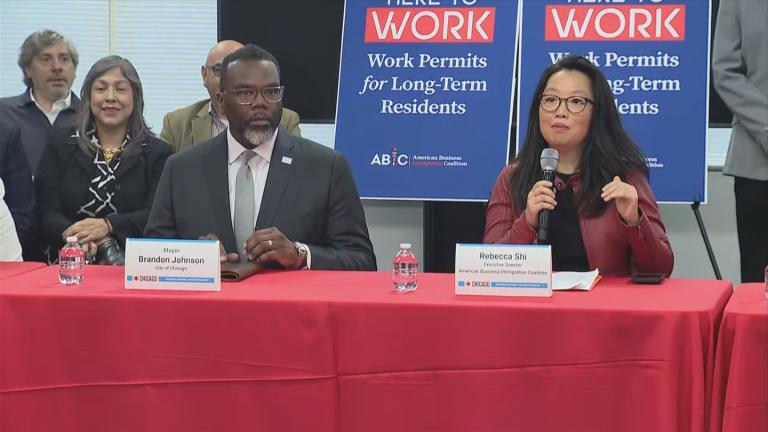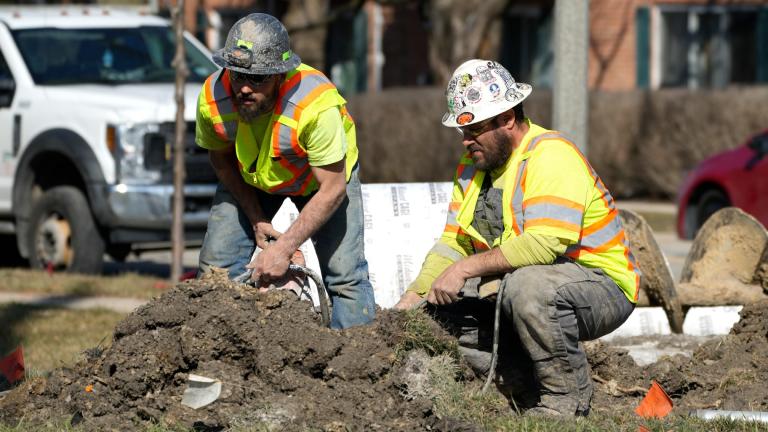New data from the Federal Reserve shows the gap between the rich and the not-so-rich in the U.S. is getting wider.
The latest numbers show the top 1% has 16 times more wealth than the bottom 50% combined. That’s roughly $34.23 trillion compared to $2.08 trillion.
These numbers aren’t surprising to Damon Jones, an associate professor at the University of Chicago’s Harris School of Public Policy. He conducts research at the intersection of public finance, household finance and behavioral economics.
“If you look at the trends over the long term, over the past three decades we’ve been seeing widening inequality. Not just on wealth, but also income as well as wages,” Jones said. “We’ve seen a lot of stagnation at median and below, middle class and below, and we’ve seen basically outstripped growth at the top.”
But Yaron Brook, board chairman of the Ayn Rand Institute, says the gap isn’t the problem — poverty is.
“I don’t think [the numbers] mean much at all. I don’t think the gap between the 1% and the bottom 50% is at all meaningful,” Brook said. The former radio host has authored many books, including “Equal is Unfair: America’s Misguided Fight Against Income Inequality.”
“There are questions we should be asking ourselves,” he said. “Why are people stuck in poverty? Why do we have limited opportunities in the United States for people to grow out of poverty? Why is there stagnation around it?”
Racial disparities are evident within the wealth gap. In 2019, the median income for a White household was $72,204. For Black households it was $45,438 and for Hispanic and Latino households it was $56,113, according to data from the U.S. Census Bureau.
“There are decades, maybe over a century, of different policies, as well as just larger structural factors that have helped to keep these gaps persistent,” Jones said.
Brook disagrees with the way inequality is currently measured in the U.S.
“A lot of the numbers that have become truth because they have been repeated over and over and over again are just not so. The fact is that inequality is not getting much, much worse,” Brook said, noting that some economists are revisiting how inequality is measured. “We need to be careful about actually looking at numbers and actually measuring correctly. There’s a lot of mythology when it comes to the issue of inequality.”
Brook said that since 2012, the wealth of the bottom 50% increased by more than 400%, while the wealth of the top 1% increased by 176%.
Jones said the numbers from the Federal Reserve are considered the moderate measures of inequality.
“Where you start off matters a lot,” Jones said. “If you start off with very little, and you have 400% growth, that number could be misleading because you started with a very small number.”








